The emerging field of synthetic biology has ushered in a new era of scientific possibilities, but few technologies have sparked as much controversy and regulatory paralysis as gene drives. These self-propagating genetic systems, designed to spread specific traits through wild populations, straddle the line between groundbreaking conservation tool and ecological Pandora’s box. The tension between their transformative potential and unintended consequences has created what researchers now call the "red zone" of bioengineering—a regulatory no-man’s-land where innovation outpaces governance.
At the heart of the debate lies a fundamental asymmetry: gene drives are engineered to persist and spread, making them inherently difficult to contain. Unlike traditional GMOs confined to agricultural fields, these systems could, in theory, alter entire species across continents. Proponents highlight their potential to eradicate malaria by modifying mosquito populations or protect endangered ecosystems from invasive rodents. Critics, however, warn of chain reactions that could destabilize food webs or accidentally create "super pests" resistant to all known control methods.
The regulatory landscape reflects this dichotomy. While the U.S. adopts a case-by-case approach under existing biotechnology frameworks, the EU struggles to classify gene drives under its precautionary GMO regulations. International bodies like the UN Convention on Biological Diversity remain deadlocked over whether to recommend a global moratorium. This patchwork of policies creates dangerous gaps—researchers in one jurisdiction could theoretically release organisms capable of crossing borders undetected.
Complicating matters further is the technology’s dual-use nature. The same mechanisms that could suppress disease vectors might be weaponized to disrupt agriculture or ecosystems. Military analysts already speculate about gene drives engineered to target staple crops or spread antibiotic resistance. Yet most biosecurity protocols were designed for static pathogens, not self-replicating genetic elements that evolve in real time.
Industry voices argue that excessive caution could stifle lifesaving applications. Startups like Target Malaria have invested years in phased testing, incorporating physical and genetic confinement strategies. Their work demonstrates that localized, reversible gene drives may offer middle-ground solutions. However, watchdog groups counter that no fail-safe exists for open-environment releases, pointing to mathematical models showing even 99% effective suppression drives could rebound disastrously if resistance emerges.
The scientific community itself is divided. Some prominent geneticists advocate for international licensing bodies with enforcement powers, akin to nuclear technology controls. Others warn that top-down restrictions could drive development underground or to jurisdictions with lax oversight. Meanwhile, indigenous groups—particularly in proposed test regions like Hawaii or Burkina Faso—increasingly demand veto power over experiments affecting their ecosystems.
As laboratory capabilities advance, the window for coherent policy is narrowing. CRISPR-based gene drives can now be assembled with undergraduate-level training, and DIY biohackers have already published theoretical designs online. This democratization of technology amplifies risks while making traditional containment strategies obsolete. Recent experiments with "daisy-chain" gene drives—designed to self-limit after a few generations—offer technical solutions but remain unproven at scale.
Financial considerations further muddy the waters. Agricultural giants quietly invest in gene drive patents while publicly distancing themselves from controversial applications. The lack of clear liability frameworks deters insurers from covering potential ecological damages, creating disincentives for responsible developers. At the same time, philanthropic funding pushes certain projects forward without equivalent investment in risk assessment.
Perhaps the most overlooked challenge is temporal scale. Unlike chemical pollutants that degrade, gene drives may persist for evolutionary timescales. Regulatory agencies accustomed to evaluating short-term impacts lack frameworks for assessing multi-generational ecological shifts. Climate change adds another variable—will engineered traits interact unpredictably with rapidly adapting ecosystems?
The gene drive dilemma ultimately forces society to confront philosophical questions about humanity’s role in directing evolution. As one policy scholar noted, "We’re not just deciding how to regulate a technology—we’re voting on whether humans should have this type of agency over nature’s genetic trajectory." With field trials looming, the red zone grows increasingly fraught. Without coordinated action, the world may face a future where ecological alterations are irreversible—not due to scientific inevitability, but regulatory failure.
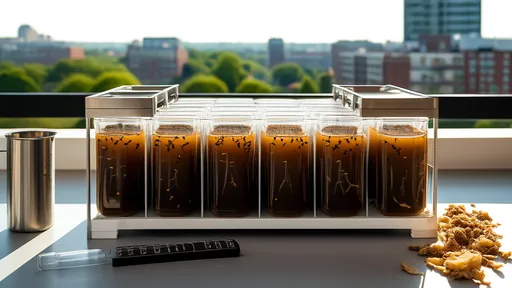
By /Jul 29, 2025

By /Jul 29, 2025

By /Jul 29, 2025

By /Jul 29, 2025
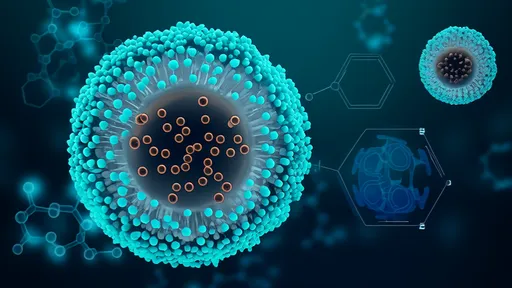
By /Jul 29, 2025

By /Jul 29, 2025

By /Jul 29, 2025
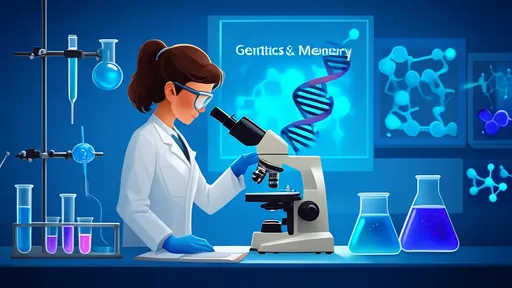
By /Jul 29, 2025

By /Jul 29, 2025
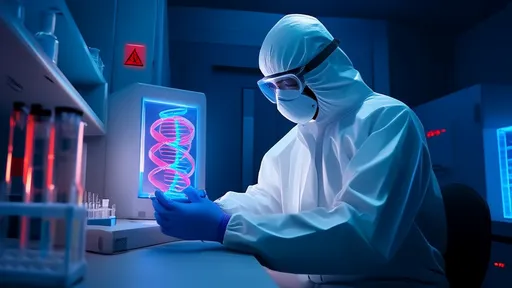
By /Jul 29, 2025

By /Jul 29, 2025
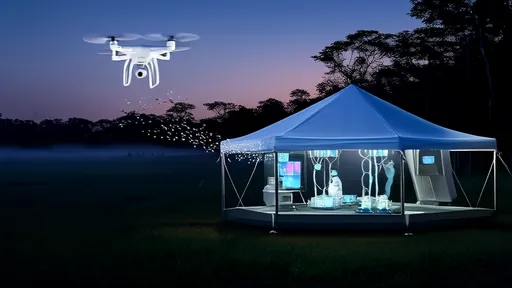
By /Jul 29, 2025

By /Jul 29, 2025
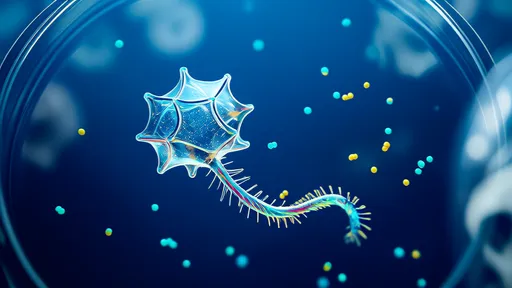
By /Jul 29, 2025

By /Jul 29, 2025

By /Jul 29, 2025

By /Jul 29, 2025
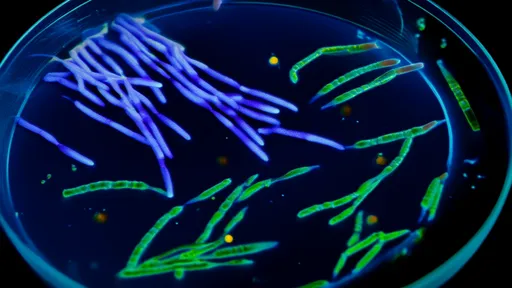
By /Jul 29, 2025